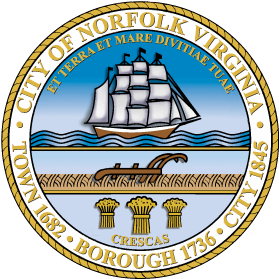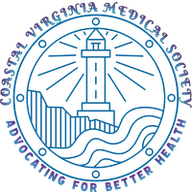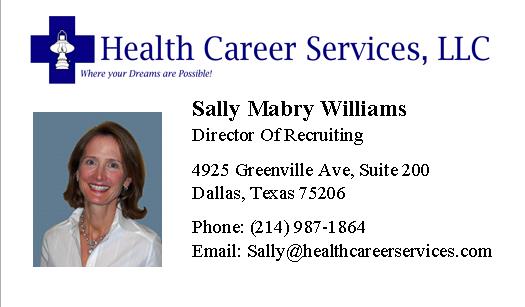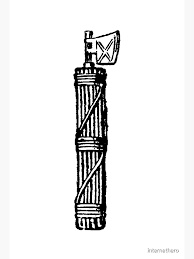And Surgeons
Loss of Physician Autonomy

How far have Physicians fallen in prestige and autonomy? The solo practitioner has been long gone and only few remain. Physicians now are workers on a production line. They have regulated hours of operation, must evaluate a set number of patients per hour, have no control over staff hires and fires, and most importantly still must fight for patient rights with 3rd party payers. How has this occurred? The simple answer is that we are trained to evaluate and treat individuals seeking help with their problems. The administrative activities of a practice such as hiring staff, billing and collections, and meeting payrolls were never formally introduced into our educational experience. These administrative activities are necessary to sustain a practice, but they require extra time and effort for a busy practitioner.
Physicians have been faced with increasing overhead costs for staff and facilities. Finding individuals with the expertise and time to manage these issues was addressed by the commitment of hospitals to take over these administrative chores. Hospitals acquired Practitioners who would be willing to have these administrative functions managed for them. Usually, the hospital system’s motive was to capture market share and control patient referrals for hospital services, building an “integrated network” where all revenue could be kept “in-house”. The Physician would now be salaried but continue to serve the patients in their practice and seek new patients. Initially there were problems in this area as Physicians saw that his/her income was set without any incentive and their work productivity declined. To increase physician productivity many hospitals began reimbursing physicians based on productivity as measured by RVU’s (relative value units) or by paying physicians a percentage of their collections.
The success of these activities was not lost to the business community who now perceived the opportunity of bundling practices for profit. Today 27% of physicians are owned by hospitals and 27% are owned by Private Equity https://www.physiciansadvocacyinstitute.org/PAI-Research/Physician-Employment-and-Practice-Acquisitions-Trends-2019-21 . In most cases electronic medical records have been transformed from a document physicians use to record pertinent findings, diagnoses, and treatments into a tool to justify billing higher fees to insurance companies and a defense against medical malpractice cases. The problems of increasing demands on Physician time by informed and knowledgeable consumers plus increasing concern regarding the time spent on meeting the goals of the electronic medical record diminish Physician-patient time and create a burden on personal time. Exactly the opposite of what was anticipated with progress in record keeping and transferring administrative issues. This trend is accelerating, and this is the time for the Physician to reevaluate their status as employer or employee and to advocate for revisions in the electronic medical record.
A recent systemic review in the BMJ highlighted the increasing Private Equity Ownership1. The Authors found marked heterogenicity in their review along with significant bias in some articles, but their conclusions indicated a consistent increase in healthcare costs, a mixed outcome in quality of health care and a shift from physician to less expensive non-physician providers. There was also a reduction in nursing staff and a shift to a lower skill set in the health care provider. Overall, there were no consistent benefits identified for Private Equity ownership. Health care today is undergoing dramatic shifts and the ownership of Physician practices, and the bundling of health care are significant issues. These changes indicate that physicians should be astute in deciding whether to stay independent or join a private equity firm. Caution is the byword.
David F. Archer, MD
November 6, 2023
1. Borsa A, Bejarano G, Ellen M, Bruch JD. Evaluating trends in private equity ownership and impacts on health outcomes, costs, and quality: systematic review. BMJ 2023;382:e075244. DOI: 10.1136/bmj-2023-075244.
Your Comments
Please add your comments or suggestions on any past or future events in the box below.
Newsletter
Stay up to date on issues and news you need to know. The CVMS Bulletin is published monthly and will list concerns that local physicians have expressed about healthcare in Coastal Virginia and how we can make it better. We will provide potential solutions and let you know what is happening behind the scenes to help solve these problems. Membership is not currently required to receive the newsletter.



Recent Articles
-
CVMS Event Registration-Reply
Apr 20, 25 04:47 PM
CVMS Event Registration-Reply Form and Questionnaire -
Medical Recruitment
Apr 12, 25 08:27 AM
A place where medical employers can connect with applicants. -
CVMS Bulletin April 2025
Apr 09, 25 10:06 AM
The Coastal Virginia Medical Society offers information, education, advocacy and support for physicians in Virginia Beach, Chesapeake and Norfolk, VA.
Sign Up for the New CVMS Bulletin
Things You Need to Know
News Releases
from the
Virginia Beach Health Department
Norfolk Public Health Department
Chesapeake Health Department
The Roman Fasces was a symbol of strength and power occurring as a result of many binding together. It was made of multiple elm or birchwood rods about 5 feet long tied together and sometimes including an axe. It was carried by attendants to soldiers or powerful figures in ancient Rome. For us, it symbolizes that we are stronger and more powerful if we bind together in supporting our goals.
Saving the Practice of Medicine
An ironic corollary to the article, "Loss of Physician Autonomy" published in this issue of the Bulletin by Dr. David Archer is that our attempt to save our practices by selling them to larger administrative organizations did not clearly provide as much benefit to many of us that we thought they would and may have made our situations worse over time. We still work as hard as we ever did if not harder. We still carry the full responsibility of patient care but we have to see more of them in less time to make a decent income. Some of the revenue we previously claimed for our practices are going to administrators. Our ability to manage our office staffs has diminished resulting in less humanitarian environments in which to practice and greater workloads for ourselves. Our office schedules are so overloaded, we can't fit patients in for urgent visits, causing loss of access to care for patients and overcrowding in emergency rooms. No one wants go into primary care any more due to inadequate pay for the usual 60-80 hour work-weeks we do, causing recruitment deficiencies and physician shortages. We have lost our respect as thinkers and problem solvers. We are only paid technicians now. And we have no influence in changing any of this.
Thus the business and bureaucracy of medicine has created a situation where physicians have lost control over their practices but yet are still fully responsible for what happens to their patients. Furthermore, they are being burdened by the extra work of maintaining lengthy EMR documents, prior authorizations, appealing decisions by insurance companies, and a myriad of other administrative details all of which are unreimbursed pressures that have very little to do with patient care and all of which raise costs and reduce time spent with patients and families. We have all the responsibilities but no control. It is easy to see how this directly links to burnout, a major problem facing physicians today.
This won't change until business, insurance, and government understand the importance of maintaining a better balance with physicians and quality patient care. We should not be assumed to be fraudulent until proven otherwise. Physicians should have more say in the workings of our health care systems. A certain percentage - at least 40% -of all healthcare administrative boards should be made up of physicians. Doctors should be salaried instead of working entirely on commissions or at least receive stipends based on service, seniority, recognition in the community, research, leadership, patient satisfaction, or a combination thereof. Dues for medical societies such as this one should be paid for by the systems that own the doctors' practices, or by the malpractice insurance providers. Leadership, humanitarianism, and business courses should be included as part of the curriculum in every medical school. This would at least be a start on the path back to normalcy.
-Greg Warth, MD, Editor






